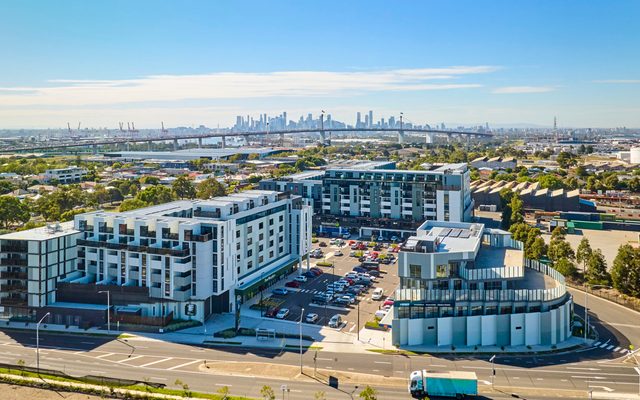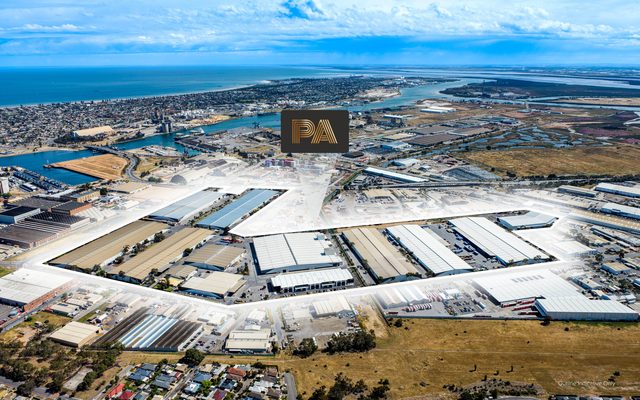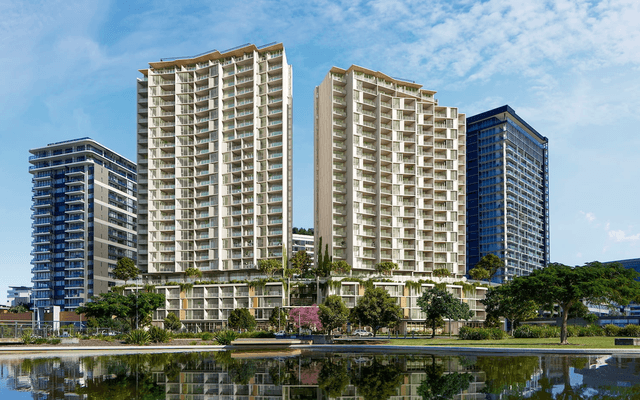This article is from the Australian Property Journal archive
THE national rental vacancy rate increased by a sliver in March but continues to hover around historical lows, as Adelaide became the most difficult capital city to find a rental home in.
The national rental vacancy rate rose 0.04 percentage points (ppt) to sit at 1.11% in March, the PropTrack Market Insight Report showed. However, this is 0.14 ppt lower over the past 12 months and 55% below pre-pandemic levels.
“Rental conditions saw a slight improvement in March, though renters should expect little respite given vacancy rates remain close to historic lows in most markets,” said PropTrack economist and report author Anne Flaherty.
Vacancies across the combined capital cities was at its second-lowest-ever reading of 1.08%. The regional markets sat at 1.17%.
Sydney’s vacancy eased by 0.04 ppt to 1.16%, while Melbourne lifted 0.05 ppt to 1.12%. Both of the major markets are 0.19 ppt lower than a year earlier.
Adelaide was the tightest market nationally in March, with a vacancy of just 0.83%. Its vacancy rate has now been below 1% since September 2021 – longer than any other capital city.
Vacancies remained below 1% in Brisbane, easing a fraction to 0.98%. Perth rose by 0.11 ppt, the largest increase of any market, but still recorded a remarkably low rate of 0.86%.
Hobart vacancies were a breath higher over the month, at 1.22%, while Darwin came down by 0.38 ppt to 2.20% and the ACT tightened slightly to 1.37%.
National housing crisis rolls on
The percentage of income spent on rent is critically poised at 30.50%, just above the 30% mark widely used as a threshold for housing stress, according to Suburbtrends, whose Rental Pain Index showed a “severe” reading in April. Concurrent with record low vacancies, rents in Western Australia have surged by nearly 16% over the past year, while NSW and Queensland both saw double-digit gains, forcing up further the proportion of income spent on rent.
Apartment renters are set to be whacked with a 28% rise in rents between now and 2028, as low completion rates drag on supply and drive vacancies even further down.
National cabinet will attempt to pump the market with 1.2 million “well-located” homes over five years from the beginning of July with the National Housing Accord, and the Housing Australia Future Fund will simultaneously aim to deliver 30,000 social and affordable homes. The up-and-running Social Housing Accelerator will target 4,000 new social homes. However, the targets are considered farfetched by analysts amid a severe labour shortage, current low approval rates and planning red tape.
The Greens last month proposed the creation of a public property developer that would build 360,000 homes over the next five years – and 610,000 homes over the decade – and sell and rent them at a big discount.
Property Council of Australia CEO Mike Zorbas used his recent address to the National Press Club to slam “broken state planning systems” and government taxes.
“The challenging thing about bringing projects to life in Australia is making the finances and management of risks and delays and ultimately, the affordability of the end product work in a marketplace that is mired in the quicksand of Australia’s relentlessly unproductive planning regimes and ever-changing taxation systems,” he said.




